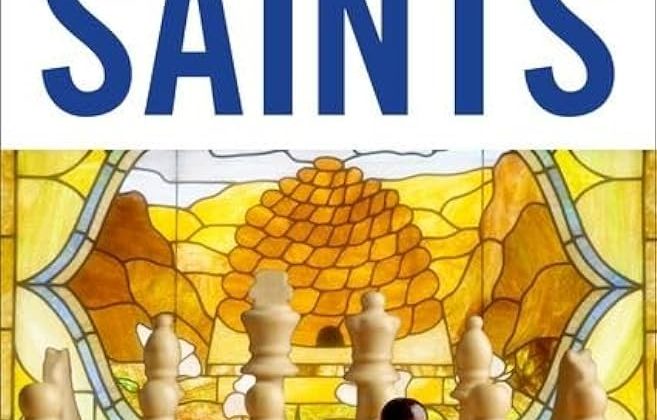

Matthew L. Harris is Professor of History and Director of Legal Studies at Colorado State University – Pueblo. This interview is based on his new book, Second-Class Saints: Black Mormons and the Struggle for Racial Equality (Oxford University Press, 2024).
JF: What led you to write Second-Class Saints?
MH: Having grown up in the Latter-day Saint tradition, I have always been troubled by the church’s anti-Black teachings. From 1852 to 1978, LDS church leaders banned individuals of Black African descent from holding the priesthood and performing salvific rituals in Mormon temples. Most of the literature on this topic, I learned, dealt with the origins of the ban, but not its demise. Thus, I set out to correct that gap in the literature. With the exception of a framing chapter that deals with the 19th century, my book explores in great detail the 20th and 21st centuries. I zero in on the church’s position on segregation, civil rights, interracial marriage, the IRS and religious discrimination, and the factors that led to the lifting of the 126-year-old priesthood and temple ban. The final third of the book examines the controversial legacy of the ban, and how Black Latter-day Saints forced the church to repudiate its anti-Black theology.
JF: In 2 sentences, what is the argument of Second-Class Saints?
MH: I argue that LDS church leaders couldn’t fulfill the biblical injunction to spread the gospel globally with the ban in place (e.g., leaders carefully avoided proselytizing in Sub-Saharan Africa). I also assert that outside pressure—from liberal LDS leaders, Mormon intellectuals, and the NAACP—forced conservative church leaders to lift the ban.
JF: Why do we need to read Second-Class Saints?
MH: Two reasons. First, there’s nothing like this in the literature. The fact that I gained unprecedented access to the diaries, meeting minutes, oral histories, and correspondence of LDS church leaders allowed me to write a rich and vibrant narrative. Two, Mormonism’s anti-Black racism mirrors the nation’s at large. The Mormon racial story is also the American story, with all of its blemishes. It’s also a story of redemption. When Mormon leaders recognized the hurt and pain that the church’s anti-Black theology caused their members, they have taken steps to address it. As of this writing, this is still a work in progress.
JF: Why and when did you become an American historian?
MH: Initially, as an undergraduate, I had planned on attending law school. But I changed my mind and realized that I wanted to teach and write history. Now, some 20+ years into my career, I am grateful that I made the switch that I did.
JF: What is your next project?
MH: I have three projects underway. I am writing two biographies on Mormon church leaders. One is titled Hugh B. Brown: Mormonism’s Progressive Apostle (publisher TBD) and the other J. Reuben Clark and the Making of Modern Mormonism (Univ. of Illinois Press). The third book will examine “Mormon Purity Culture” in which I’ll examine the church’s teachings on abortion, marriage, sex, LGBTQ+ within a larger US culture.
JF: Thanks, Matthew!